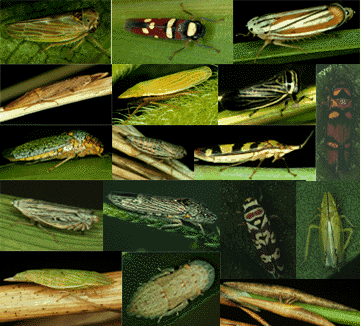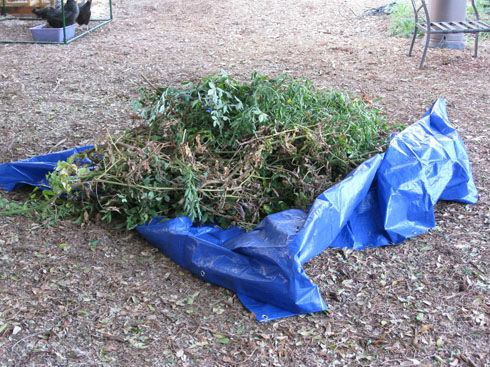A great question came in this week:
“What about Grasshoppers? I don’t see them in the early part of the day, but last weekend I was watering near the end of the day and they seemed to be everywhere. Large ones are brown, little young ones are bright green, like a new blade of grass. They are definitely eating my leafy greens – and there’s not enough for the both of us!”
We had a wave of grasshopper infestations two years ago. In the beginning, when I met a grasshopper, I would have a friendly conversation with it and leave it alone. Being that I’m a vegetarian and don’t like to kill anything, it seemed like the best things to do. That was before it ate my beautiful yellow hibiscus down to a stick and nearly did the same to my lemon tree. Now, it’s no mercy. Having done some extensive research on how to manage these foragers of foliage, I can offer you a few solutions:
Semaspore – This is pure biological warfare. It’s an organic means of wiping out an infestation. Basically, grasshoppers eat the bait and become infected with a disease that spreads to all their friends. Pretty soon your garden looks like the Civil War scene from Gone With the Wind. Personally, I’m not sure how – in the long run – biological warfare effects our ecology, so I have avoided it thus far. However, I can understand how farmers would need to manage acres of land that have been infested. On the small scale, I think this can be avoided.
Clippers – I had a neighbor who had nerves of steal. She would cut them in half with her hand pruners. Very effective. I don’t know how she managed to get them, because they are so fast and jump wildly like a pogo stick (although the sick ones tend to be slow and easier to catch). I have used my hand trowel and jets of water to handle the problem from a distance. If that doesn’t completely gross you out, it’s a pretty effective option.
Sticky Traps – These are actually white fly traps, but they work with any garden pest, if you can get them to jump on it. They stick and they can’t leave. Simple. I got as far as buying them, but never got around to installing them in the garden. Give it a try and report back.
Preventative Maintenance – Grasshoppers lay their eggs in the soil to incubate over winter. In the spring they hatch and tiny green babies come jumping out of your soil. By turning the soil several times over winter, you will unearth the eggs and expose them to the elements, where they inevitably meet their demise. I’ve been doing that and have found that infestation is dramatically reduced.
Those are my suggestions. Try them out and report your findings back to us. If anyone has other ideas that have worked for them, share them here. Thanks for your question.




Pingback: YouTube: What's Eating My Plant? - Gardenerd
Pingback: Ask Gardenerd: Are Grasshoppers Bad? - Gardenerd